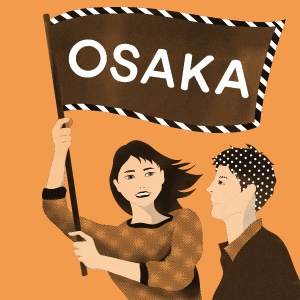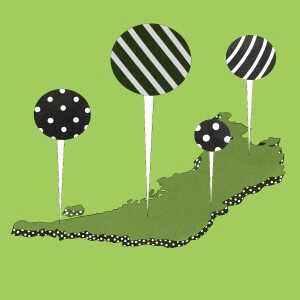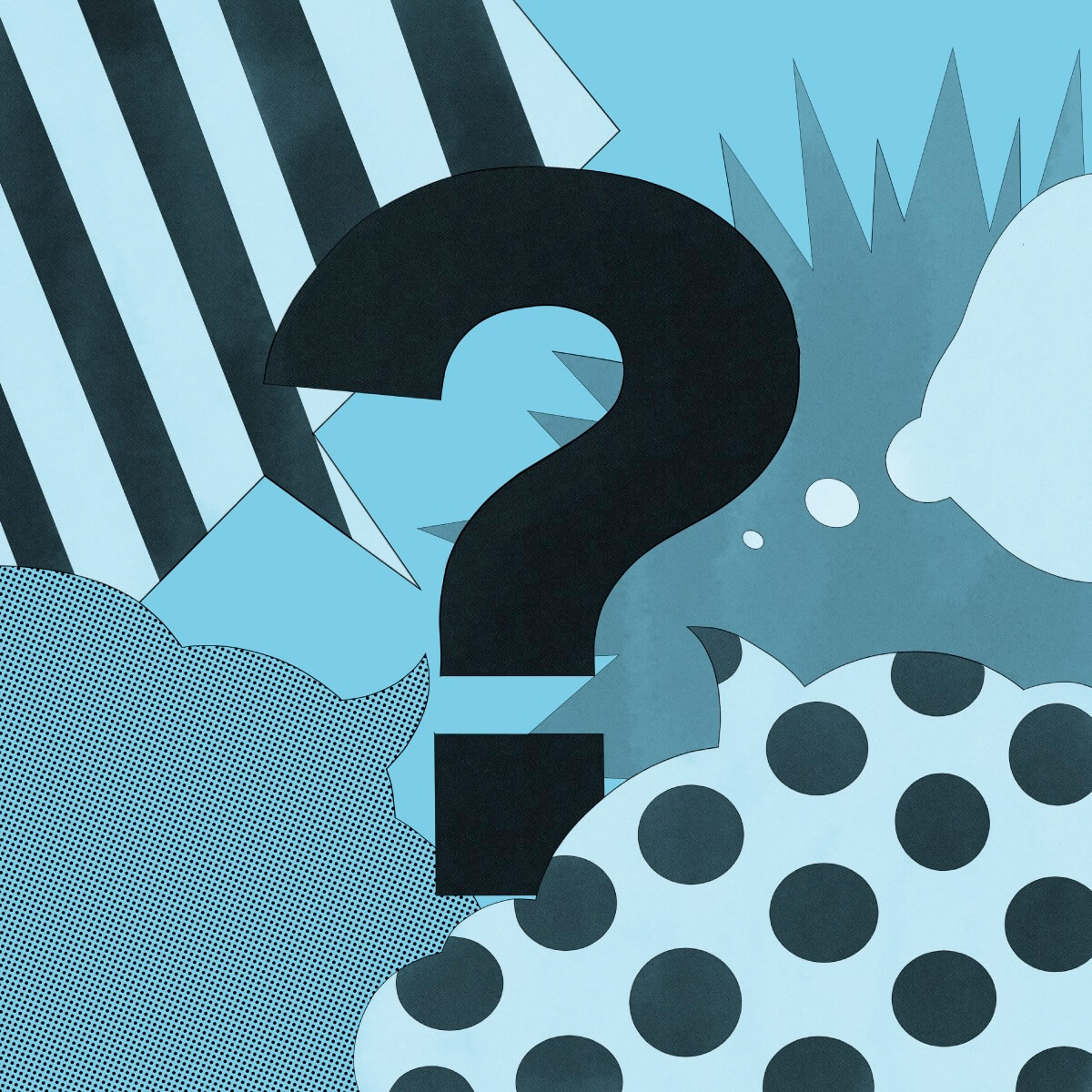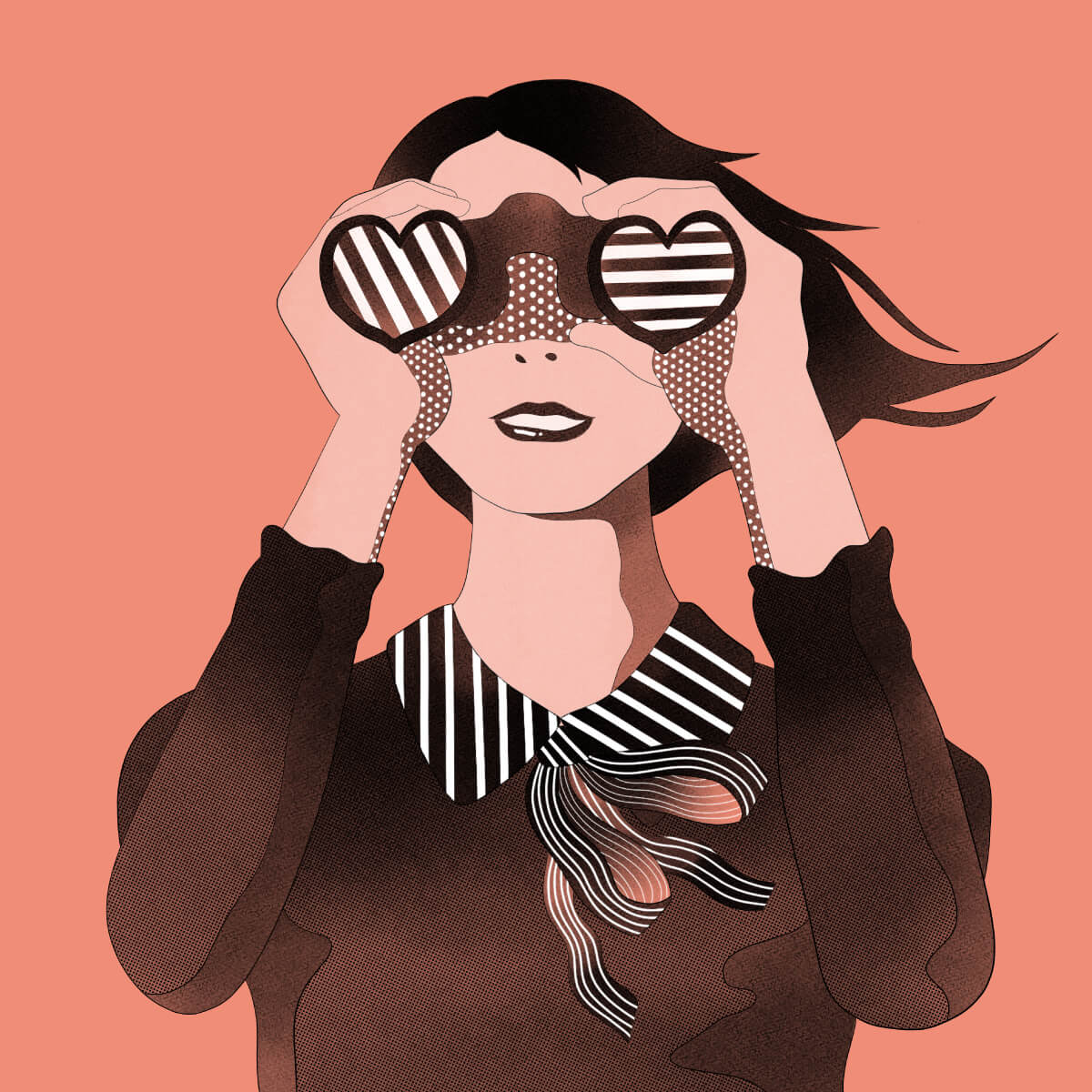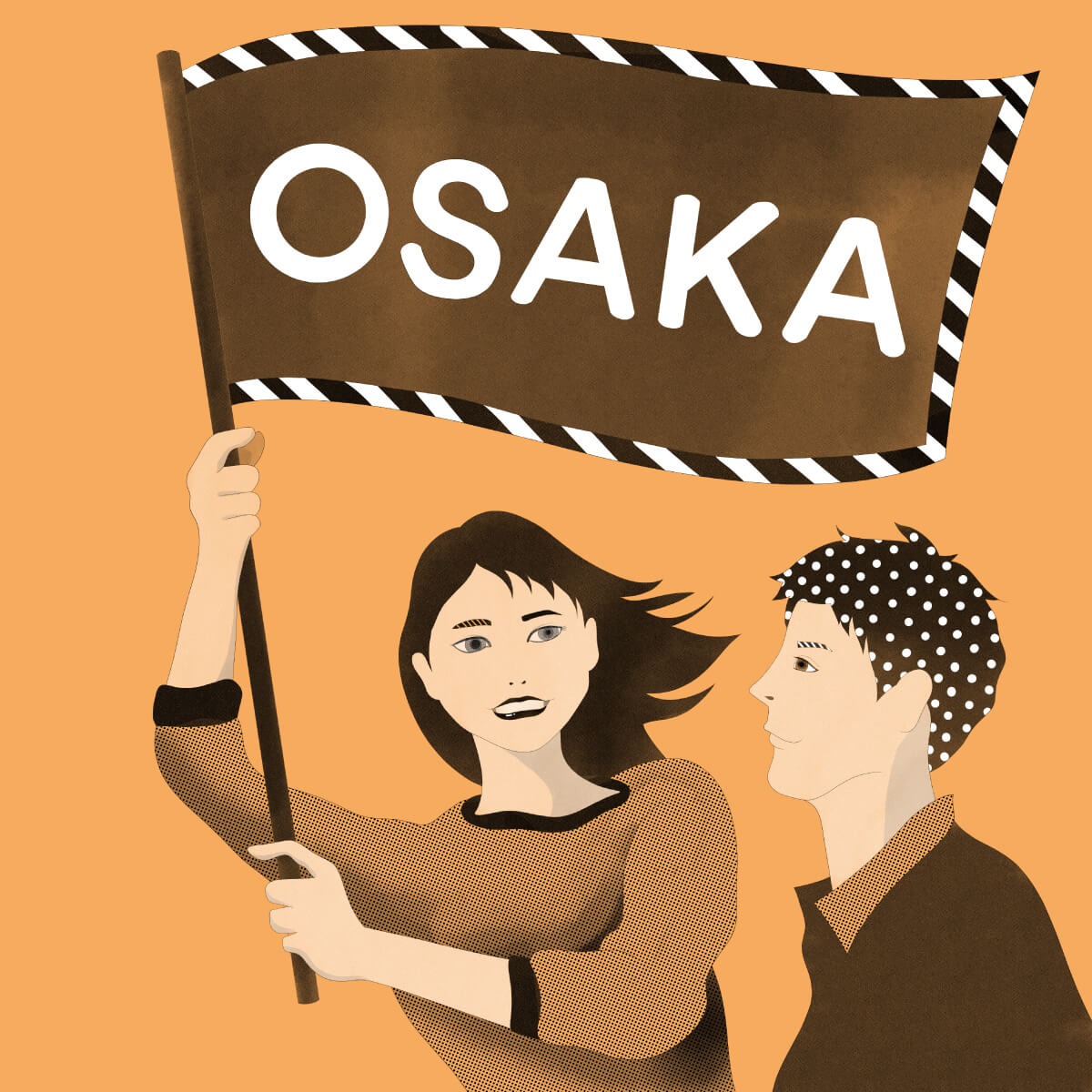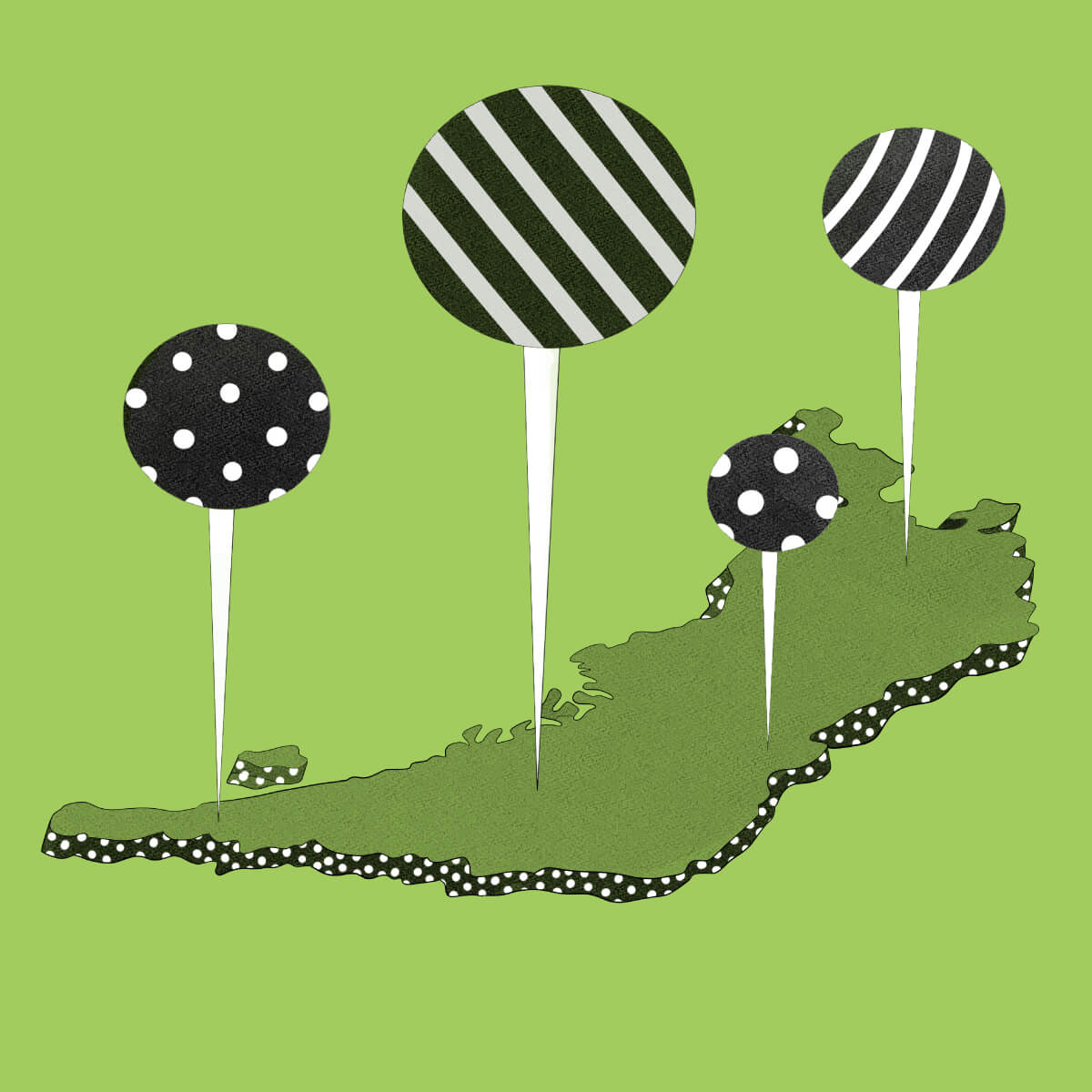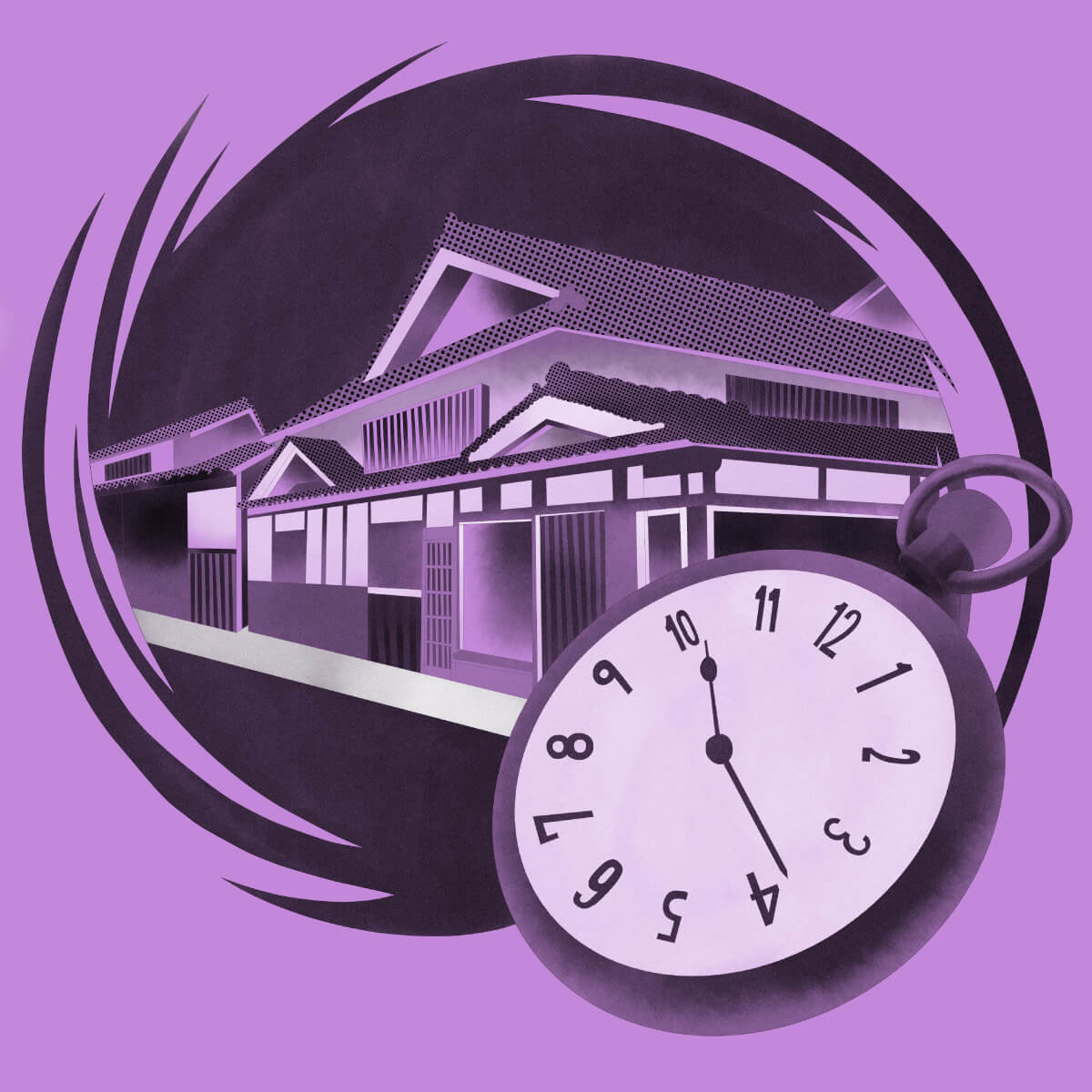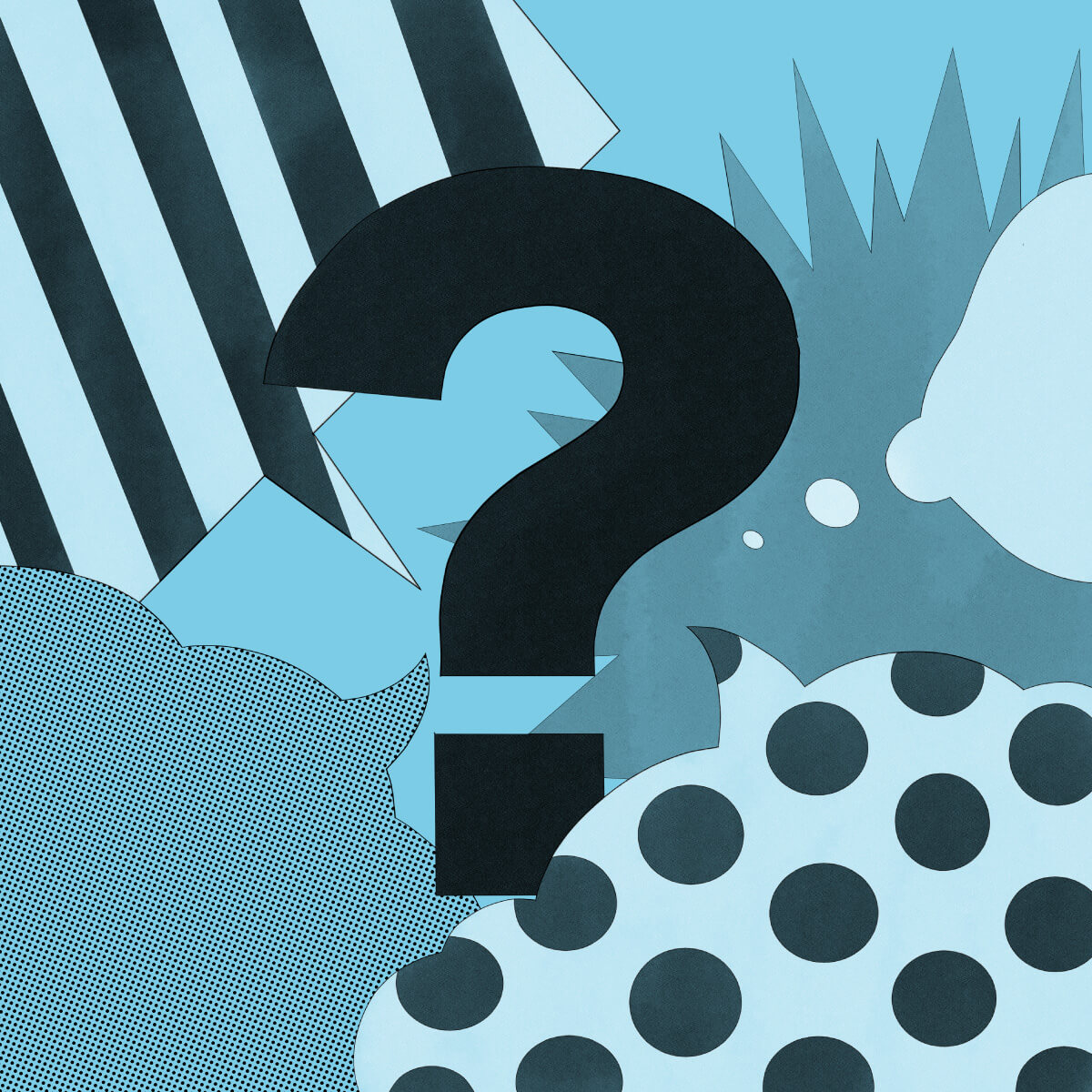-
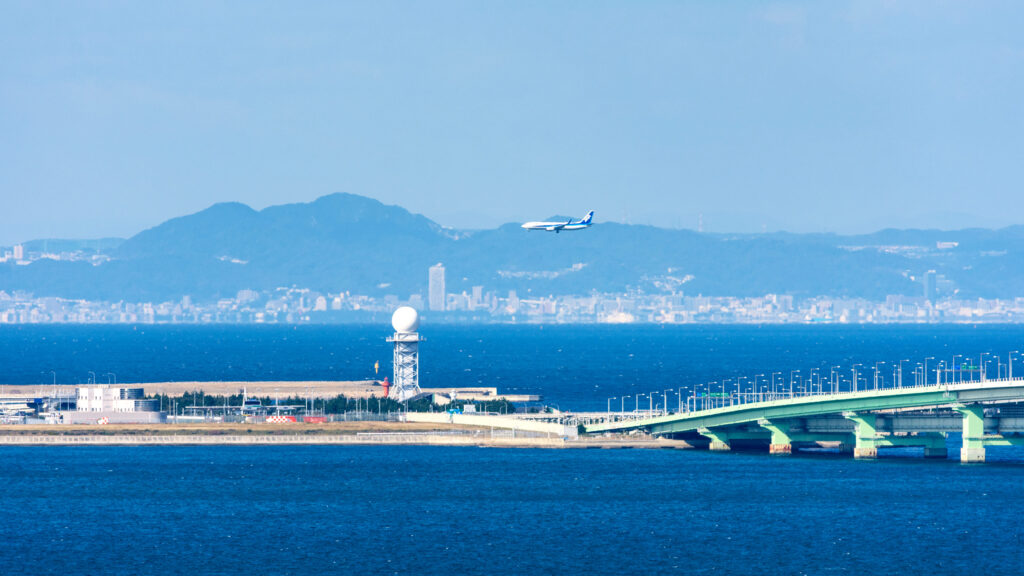 Drop by if you’re near Kansai Airport! A Must for Gastronomes: Rinku Town Morning Market & Cafe2024.03.28
Drop by if you’re near Kansai Airport! A Must for Gastronomes: Rinku Town Morning Market & Cafe2024.03.28 -
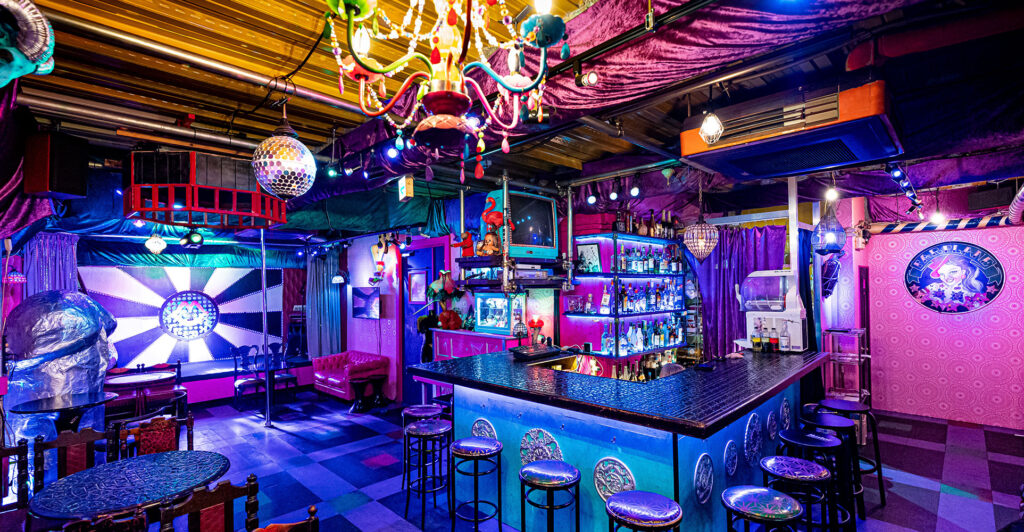 Drop by if you’re near Namba! FARPLANE, a different world of rich, vibrant colors floating amidst the night of Amerikamura2024.03.28
Drop by if you’re near Namba! FARPLANE, a different world of rich, vibrant colors floating amidst the night of Amerikamura2024.03.28 -
 Drop by if you’re near Sakai! A Journey with Stopovers on the Hankai Tramway2024.03.28
Drop by if you’re near Sakai! A Journey with Stopovers on the Hankai Tramway2024.03.28
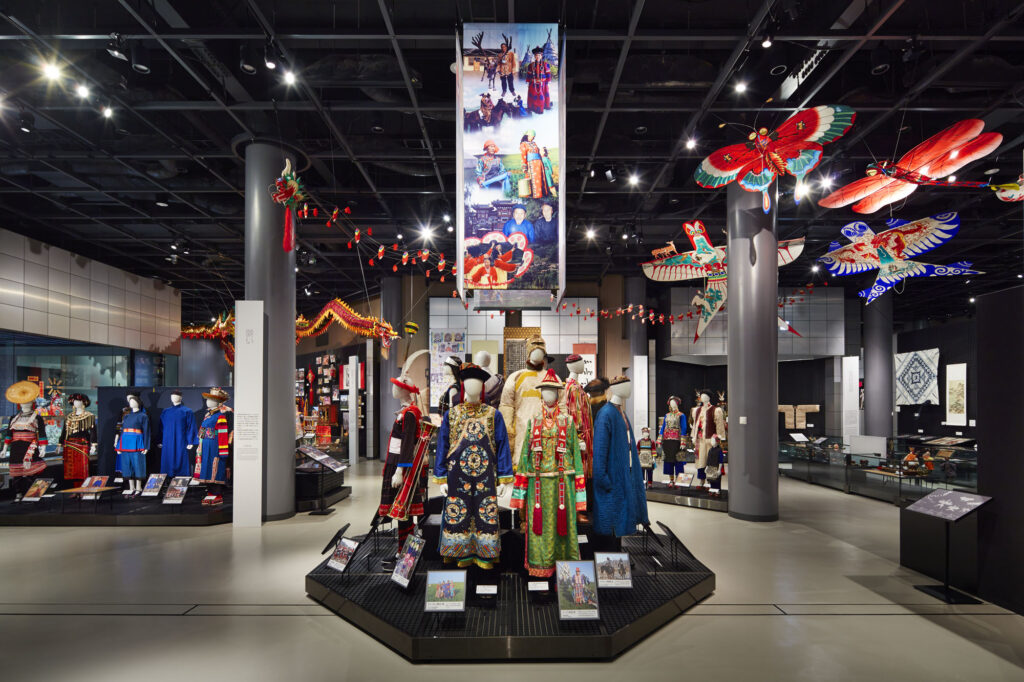
Drop by if you’re near Expo ’70 Commemorative Park! Travel the world at the National Museum of Ethnology
2024.03.28
The National Museum of Ethnology is a world-class ethnology and cultural anthropology research facility and museum in Osaka, Japan. It is within the former site of Expo ’70, the Japan World Exposition held in 1970.
Nicknamed “Minpaku” in Japanese, the Museum was founded in 1974 and opened to the public in 1977. Folklore fans will not want to miss the commemorative projects and exhibitions being planned for the Museum’s 50th anniversary in 2024. In this issue, we will spotlight the Museum’s main attractions, centering on its permanent exhibitions.
Highlights!
・Learn about different ethnic groups and regional cultures around the world.
・Exhibits focusing on languages and music.
・Museum building and courtyard designed by renowned architect Kisho Kurokawa.
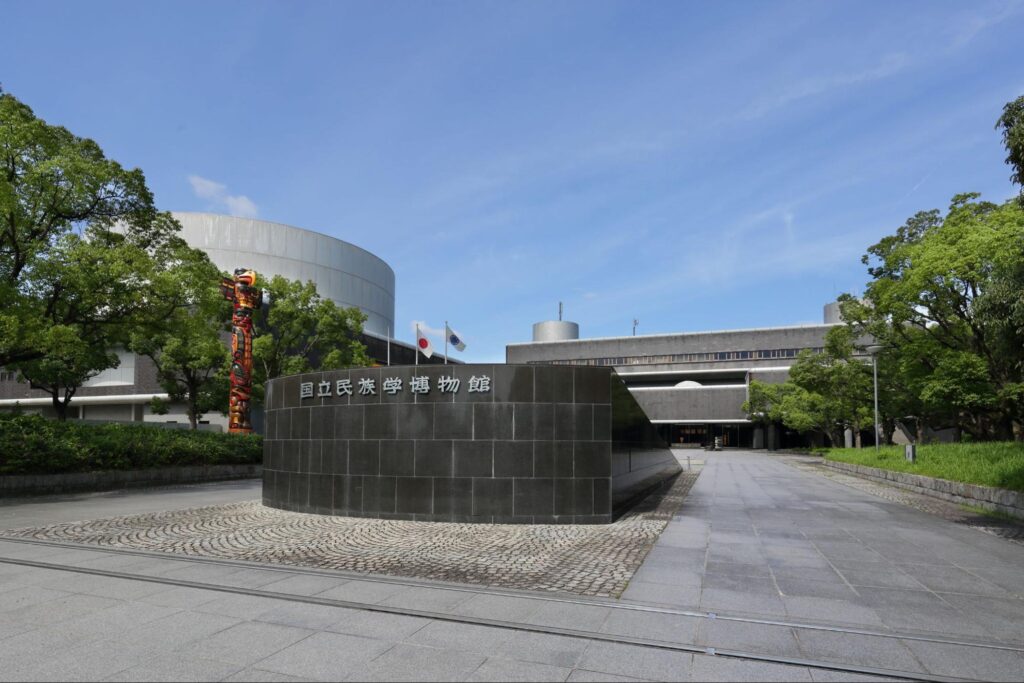
The Museum’s exhibits are based on the premise that the world’s ethnic cultures are all equal and neither superior nor inferior to any other. Its exhibits showcased the rich diversity of humanity. The museum’s collection includes about 345,000 specimens and 700,000 books, magazines, microfilm materials, and CD-ROMs. About 12,000 items of the collection are on permanent display.
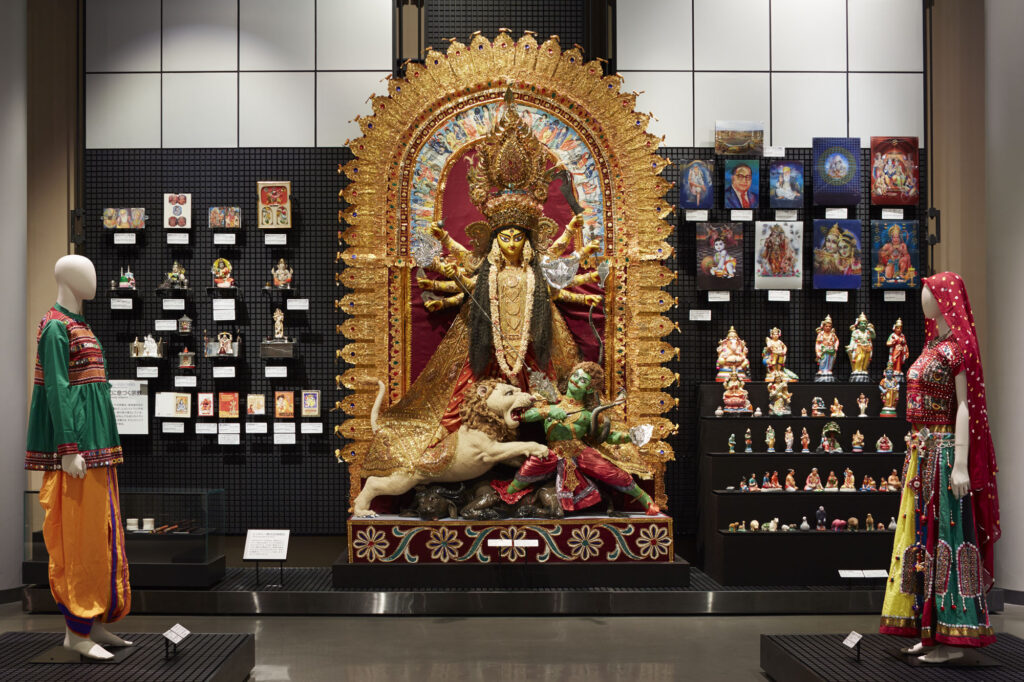
The exhibits consist of regional exhibits and cross-cultural exhibits. Regional exhibits are categorized into Oceania, the Americas, Europe, Africa, and Asia including Japan. They show how Japanese culture can be understood in relation to cultures around the world. The exhibition sequence follows an eastward route around the world starting from Oceania and ending in Japan. Through everyday items such as food, clothing, and shelter, visitors can learn about the everyday lives of peoples around the world.
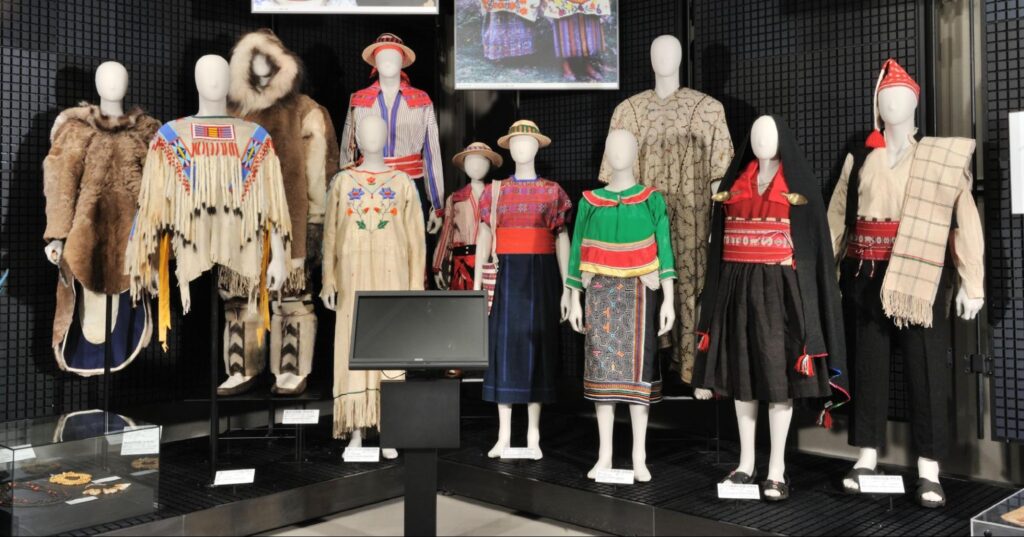
The Americas exhibits focus on the clothing, food, and religions of South and North America, explaining the correlation between diversity and history. They also show how artists and craftspeople are finding modern value in native resources.

The Africa exhibit spotlights five aspects of people living in Africa: “Discovering History,” “Urban Concentration,” “Work,” “Clothing,” and “Prayer.” Visitors can see Africa’s diverse cultures and languages, and the inclination for change in many of its societies.
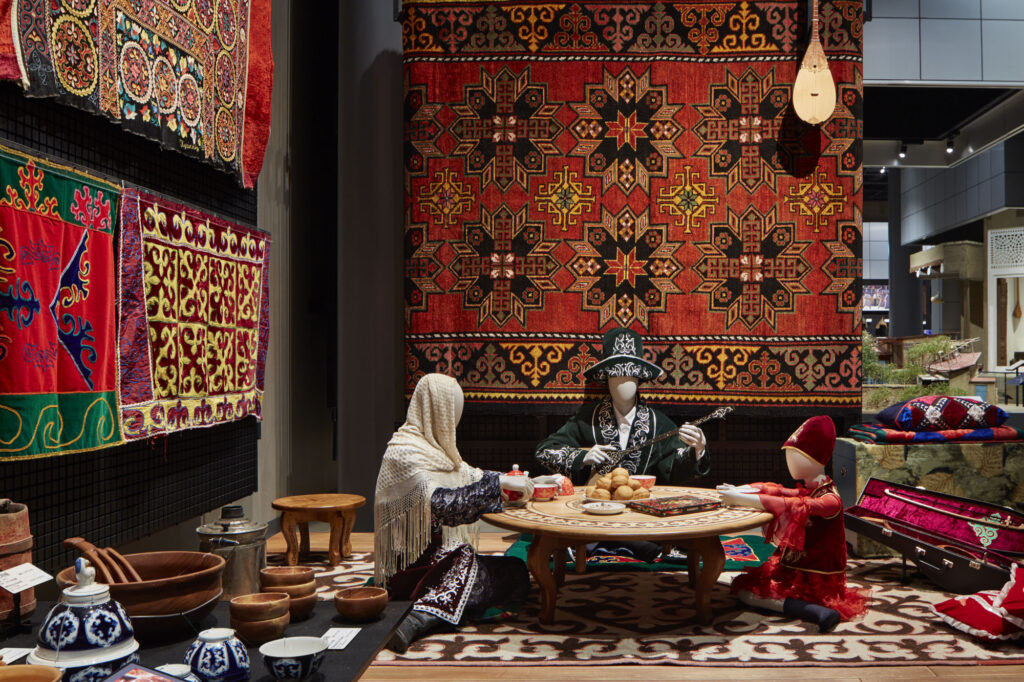
The Asia exhibits cover Southeast Asia with its tropical and subtropical climate; South Asia, centering on India, where diverse cultures and religions coexist; Central and North Asia in Eurasia’s northeast; west Asia, the cradle of Judaism and Christianity and modern-day home of many Muslim people; and. East Asia, including China and Korea. A huge variety of exhibits and a large number of artifacts are on display.
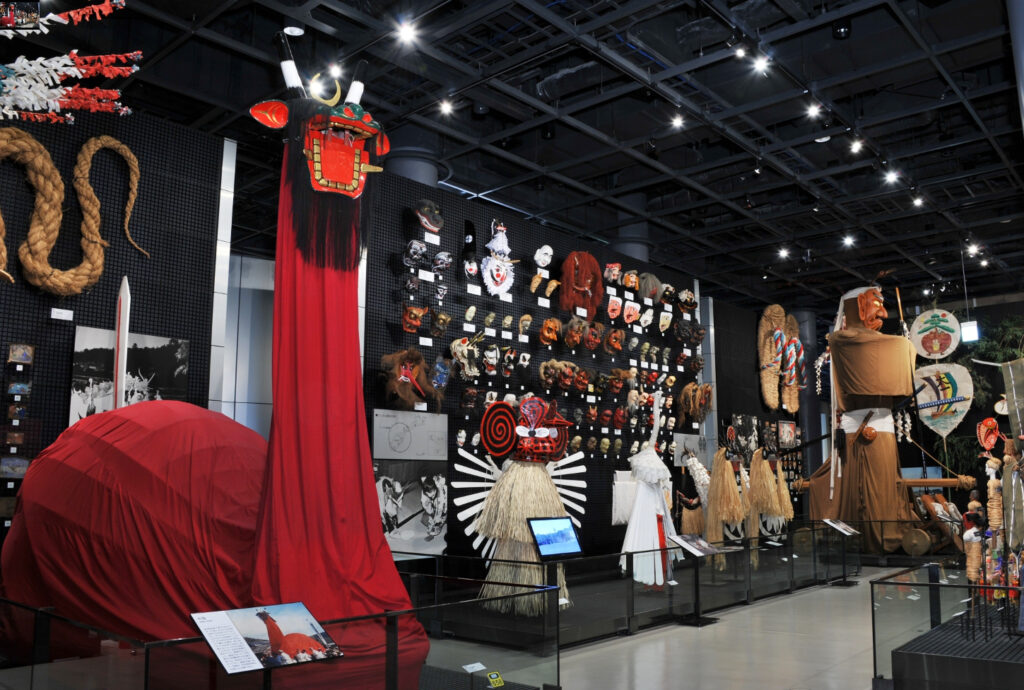
Our lives in Japan are also exhibited from four perspectives: “Festivals and Performing Arts,” “Daily Life,” “Life in Okinawa,” and “Diverse Japan.” You can see many items from diverse regional cultures such as fisherman’s flags, kokeshi wooden dolls, and lacquerware.

Cross-cultural exhibitions show the world’s ethnic cultures according to genre rather than by region. The current permanent exhibits showcase music and languages. Since 2010, the language exhibit has “Word Stamps,” an interactive exhibit with 36 “sound stamps.” When you use it to stamp the table, it makes different sounds. You can learn about Japanese language sounds such as hiragana and have fun creating various sounds.
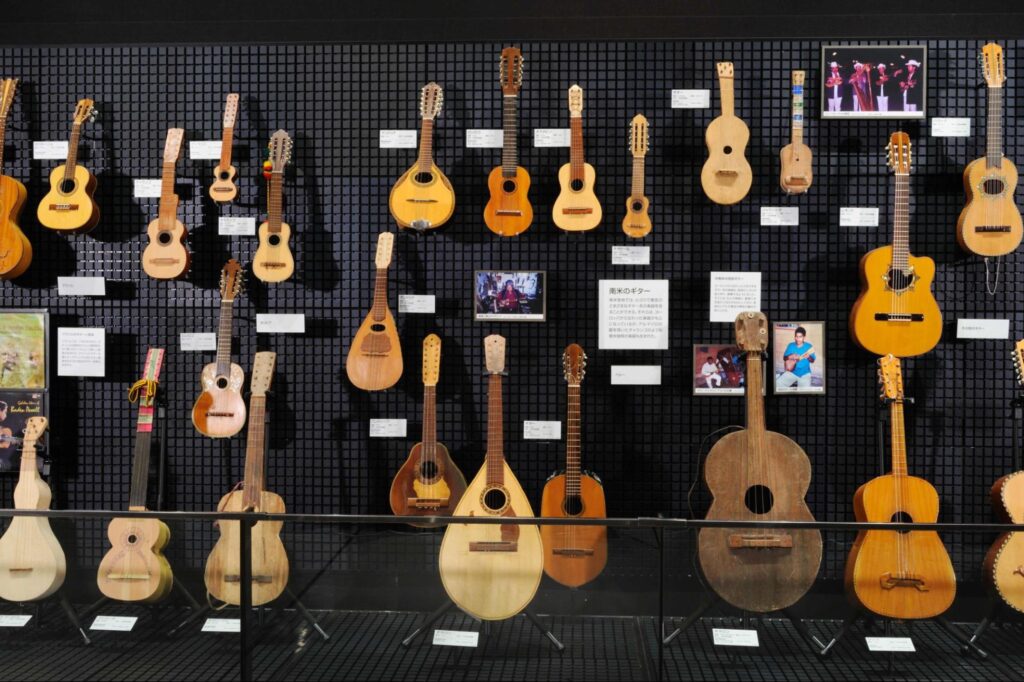
Music’s role in regional cultures is explained with musical instruments from around the world such as drums, gongs, shawms, and guitars. On display are many musical instruments from different periods and countries, including gongs from ethnic minorities in Luzon in the Philippines and Japanese taiko drums made with wine barrels by Japanese Americans in North America in the 1960s. Just looking at the exhibits will make your heart pound.
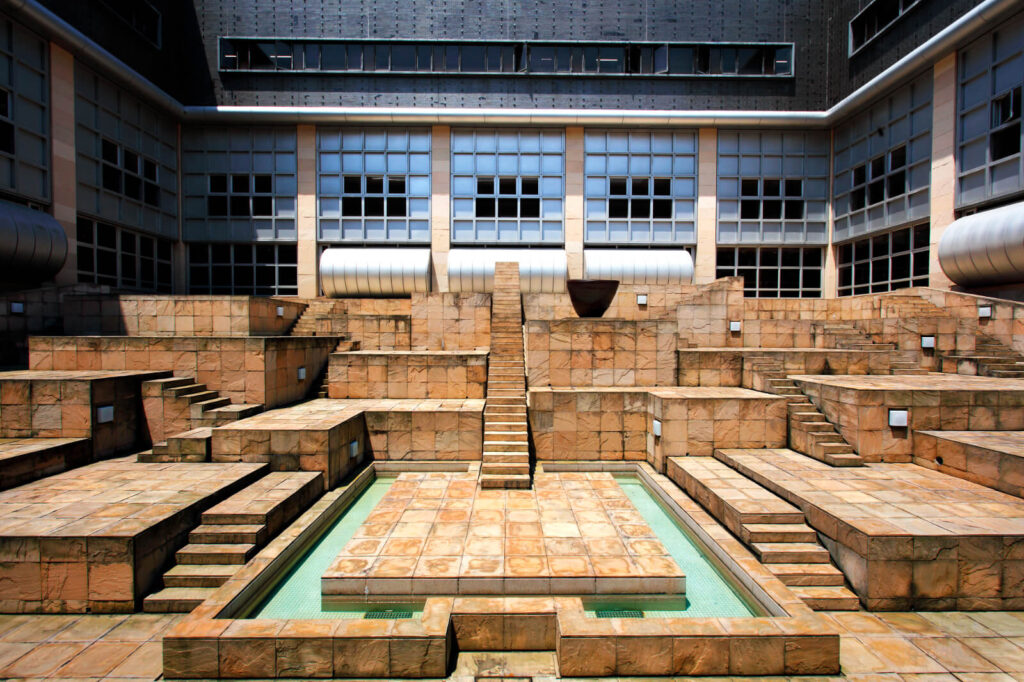
The courtyard has an exhibit called “Ruins of the Future’,’ conceived by the Museum’s first director, Tadao Umesao, and designed by Kisho Kurokawa, the Museum’s architect. Although you cannot go inside, the stone structure is very impressive and reminiscent of ancient temples.
The Museum has been showcasing humanity’s regional cultures for half a century. As you tour the many interesting exhibits from around the world, it feels like you’re traveling the globe. People who want to learn about the world’s regional cultures and lifestyles or who are interested in ancient history can spend the entire day in the museum.
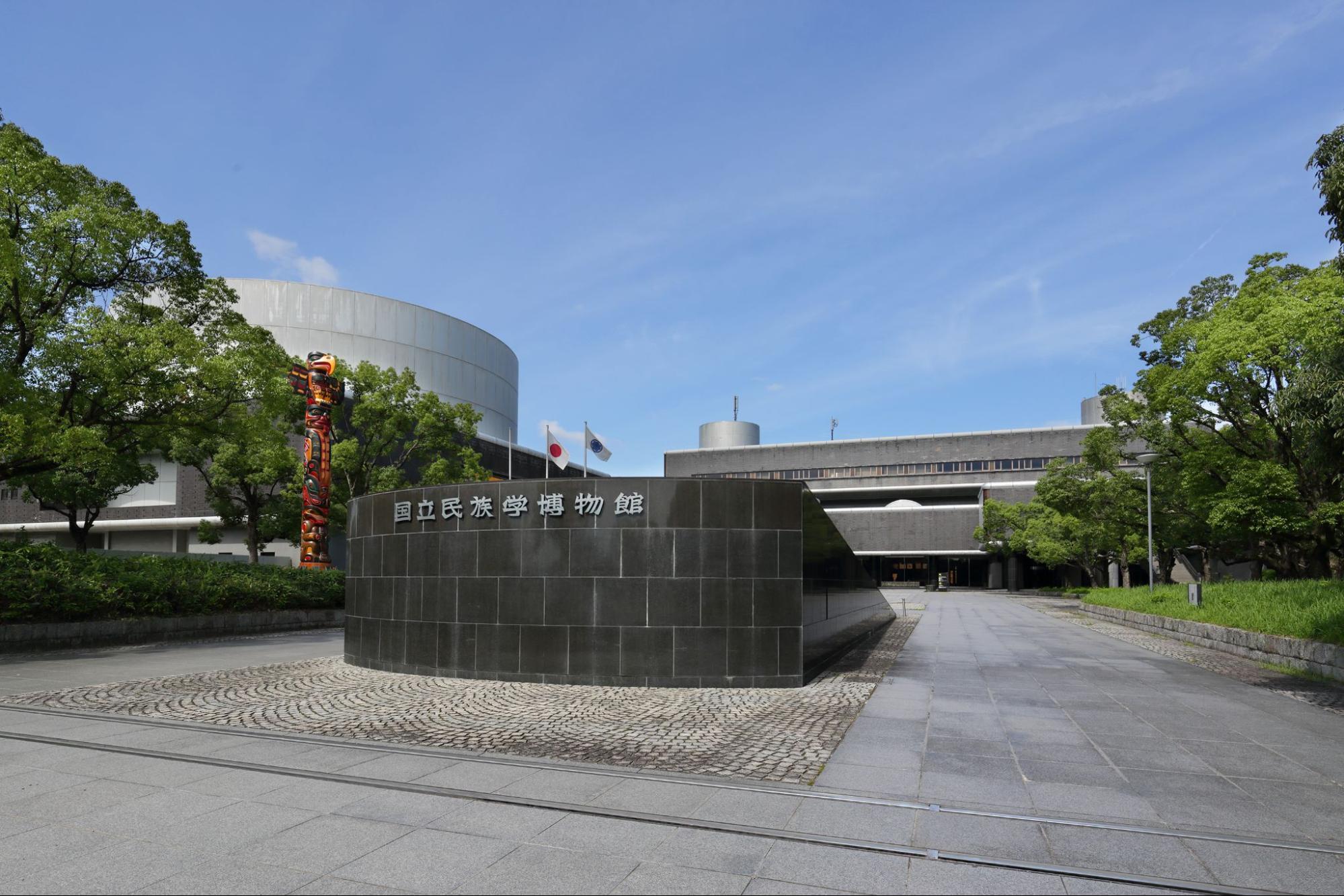
Hours: 10:00 a.m.–5:00 p.m.
Closed: Wednesday (Open if a national holiday, and closed the next day.)
Admission: General ¥580 yen, University students ¥250, High school students and below free
Phone: (+81) 6-6876-2151
LOCATION
By train: Near Banpaku Kinen Koen Station on the Osaka Monorail. 15-minute walk to Expo ’70 Commemorative Park entrance.
Source: National Museum of Ethnology(https://www.minpaku.ac.jp/ )
Information presented here is current as of 2024. Please check the websites of the individual shops and facilities for up-to-date information on business hours.

